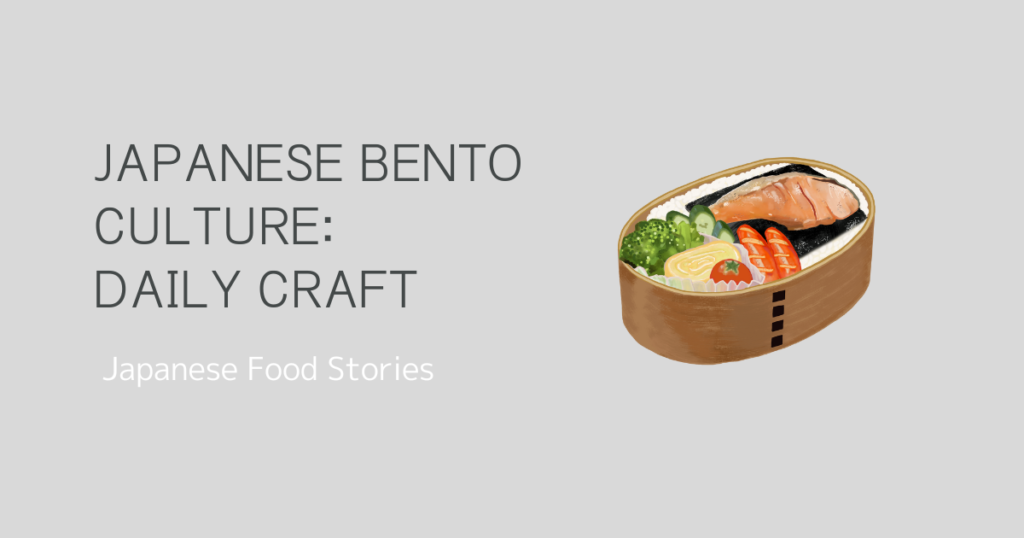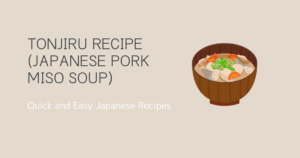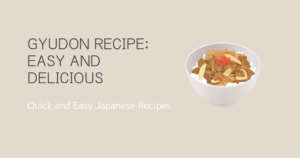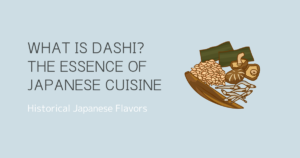Japanese bento boxes are more than just containers for carrying meals. They represent a unique cultural tradition filled with love, creativity, and balance. Each bento tells a story, with colorful ingredients arranged in harmony, offering a sense of joy when the lid is opened.
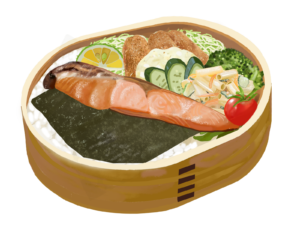
Memories of Making Bento
When my child was in kindergarten, I used to make character-themed bento, or “kyaraben.” These lunchboxes featured beloved characters recreated using nori, cheese, and other ingredients. Mornings were busy as I cut tiny shapes and added vibrant picks or silicone cups, but the delighted reaction from my child made it all worthwhile.
Trusted Bento Boxes Over the Years
For over 10 years, I have relied on my stainless steel and aluminum bento boxes. Durable, long-lasting, and simple in design, these boxes have served me well. Stainless steel is especially useful in summer, as it is easy to keep clean. Although it lacks heat retention, there are bento boxes designed to keep food warm—something I’ve yet to try but am curious about.
In the past, I also used a traditional “magewappa” bento box. Made of natural wood, it offered a unique warmth and aroma that enhanced the meal. However, due to its maintenance requirements, I no longer use it regularly. Still, its charm remains unforgettable.
What Bento Means to the Japanese
In Japan, bento is more than just a meal. It is an expression of care, thoughtfulness, and individuality. For instance, kyaraben reflects a parent’s love and creativity, while a simple, practical bento for office workers often highlights health-conscious choices and budget awareness.
Japanese bento also embodies the cultural principle of “a little of everything.” Rice, protein, vegetables, and eggs are arranged in a well-balanced way, making bento both nutritious and visually appealing. This diversity is one of its greatest charms.
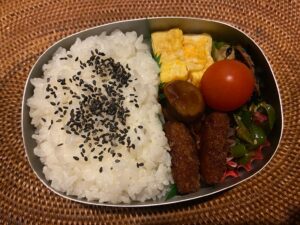
Tools and Accessories for Bento Making
The world of bento-making is supported by a variety of tools and accessories. Colorful silicone cups, decorative picks, and seaweed cutters allow even the simplest bento to become more vibrant and creative. While I often find my bentos repetitive, these tools can make the process more enjoyable and spark new ideas.
Bento Culture Around the World
Similar meal containers exist globally, such as India’s “dabba,” Korea’s “dosirak,” and the Philippines’ “baon.” However, Japanese bento stands out for its emphasis on aesthetics and thoughtful arrangement. Each box transforms into a compact canvas, telling a story through food.
Returning to Bento-Making
As my child has grown into a high school student, the era of kyaraben is behind me. Yet, the daily task of making bentos has returned, this time as a practical necessity. While not always easy, I view it as an opportunity to improve and find small ways to make each meal enjoyable.
Opening a bento box to find a carefully prepared meal can brighten someone’s day. That simple joy is the essence of Japanese bento culture—a tradition that continues to inspire and connect generations.
I plan to share more about bento boxes and their role in everyday life in future posts. Stay tuned!
